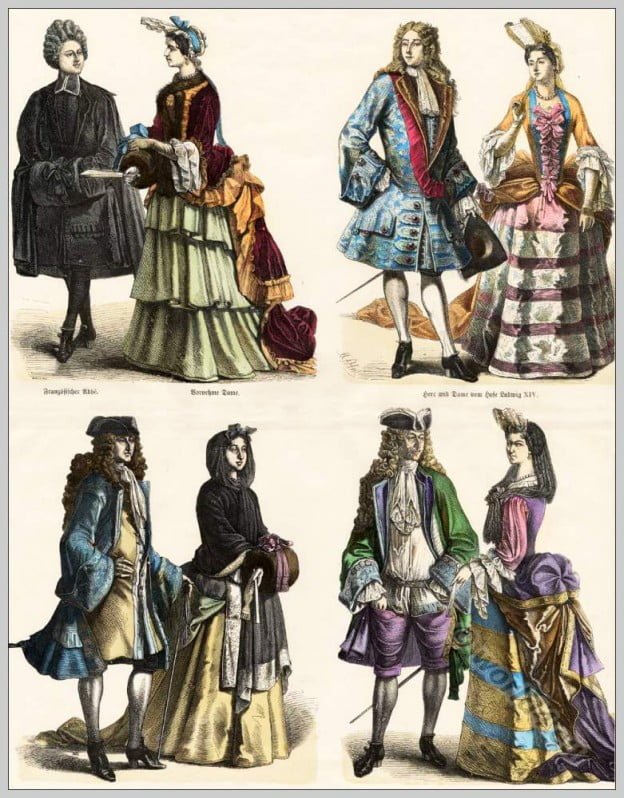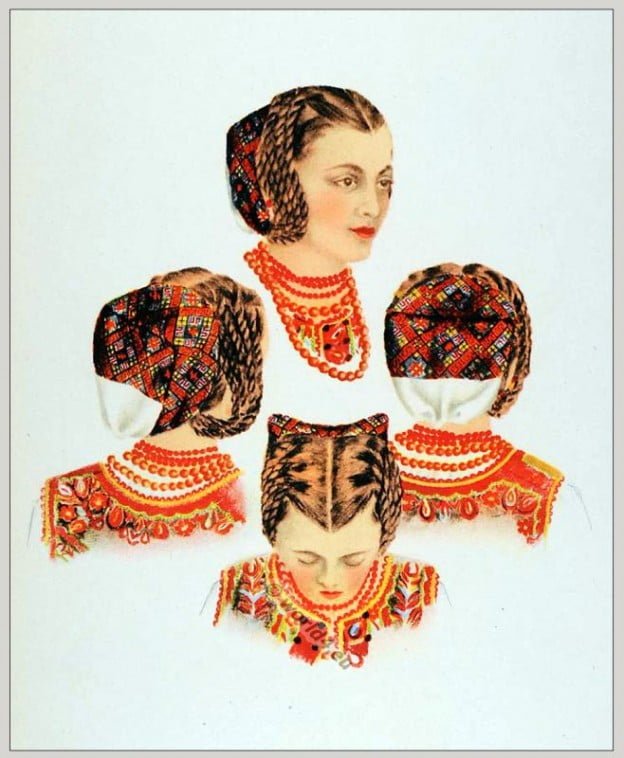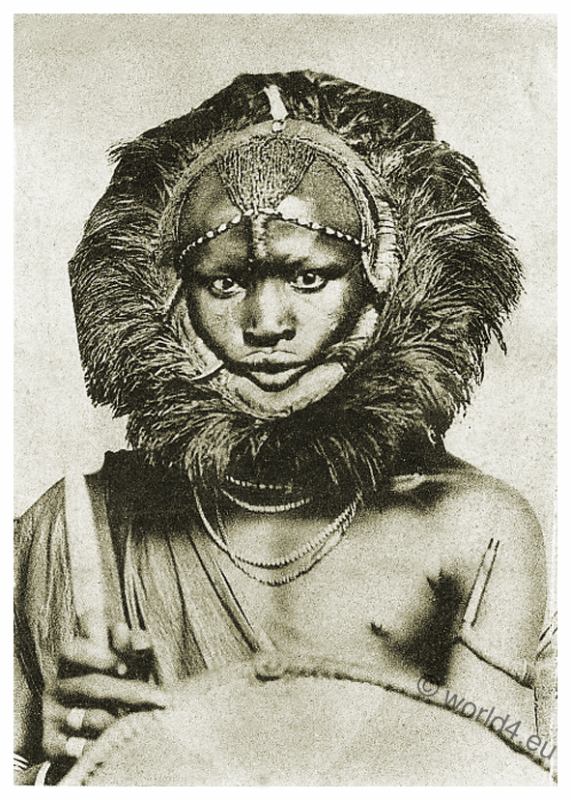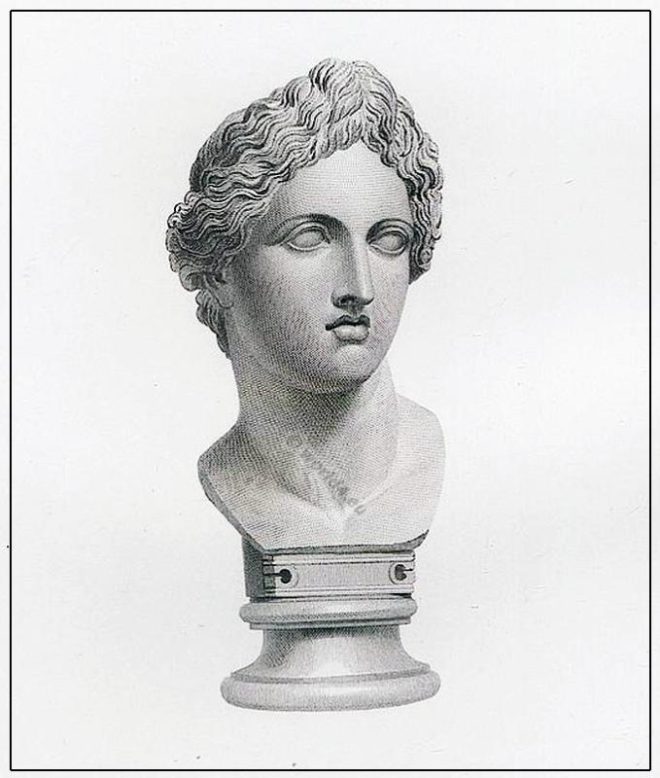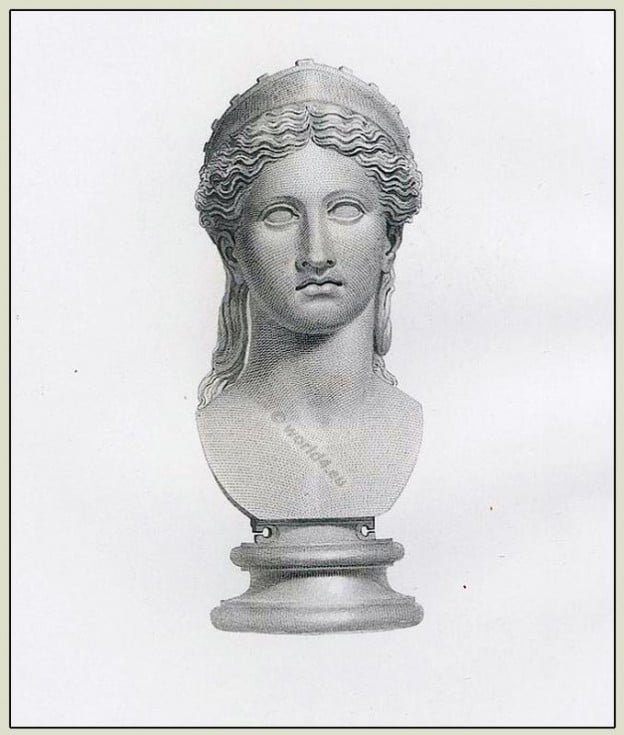Renaisance Fashion at the European Courts of the 16th Century.
Category: Hairstyle
Coiffures historiques. Hairstyle.
Court costumes. Nobility in France and Germany.
Nobility and court costumes. Fashion in the first third of the 18th century in France and Germany. Transition from Baroque to Rococo. Nobility and Court costumes.
Romania. Female Hairstyles of Hunedoara, Transylvania.
Romania Hairstyles of Hunedoara, Transylvania. (Pieptănătură din Huniedoara. Transilvania.) Source: Romanian Folk Costumes.Portul popular romanesc by Alexandrina Enachescu Cantemir. Editeur: Prof. Dimitrie Gusti. Published: Scrisul Romanesc, S.A., Craiova 1937.
Masai warrior with spear, shield and lion headdress.
Masai warrior in 1907. With spear, shield and lion headdress.
Pan with a human body and the legs of a goat. Follower of Bacchus.
The scholars and writers on antiquities, up to the time of Winckelmann, apply the term Fauns to the human figures with tails and pointed ears, while they term the figures with goat’s legs sometimes Pans, at other times Satyrs.
Bust of a young and beardless satyr, with the pointed ears of a goat.
Bust of a young and beardless satyr, distinguished, as usual, by the pointed ears of a goat, and by hair in front shaggy and rough, like that of the same animal.
Female bust of a Bacchante. Maenad of Dionysiac cycle.
This bust has been called that of a Maenad or Bacchante, an attribution which the comparison of other Bacchic types would seem fully to justify.
Bust of Apollo of great beauty, crowned with a narrow diadem.
The distinguishing characteristic of the head of Apollo is the manner in which the hair is represented.
Head of Minerva with helmet, slightly inclined to the right.
Head of Minerva. The hair, parted in the middle, is drawn back from the temples, after the manner usual in the representations of Minerva.
Juno crowned with an indented diadem, usually called Stephane.
A description of the collection of ancient Marbles in the British Museum by Combe Taylor, London 1861.


